A one-day workshop
This intensive one-day training programme has been developed to help those involved in producing specifications create high quality documents in an organised and effective way.
The programme explains the primary purpose of specifications and the importance of understanding the context in which they are used. It focuses particularly on how to develop and structure content and write requirements that are clear and concise. The methods and techniques presented will provide a practical foundation course for those new to the topic whilst offering new insights to those with more experience.
- Review and discuss the role and purpose of specifications
- Present a structured approach for organising and producing specifications
- Explain each of the key steps involved in creating effective specifications
- Review some methods for assisting in defining requirements
- Explain how to define the scope and develop the structure for a specification
- Present methods to assist the writing and editing of specifications
- Review how specifications should be issued and controlled
Expert trainer
John is a highly qualified (BSc, MSc, CEng, MIMechE, MAPM, AMInstP) independent consultant specialising in project and change management. He established his consultancy practice in 1990, following 20 years of industrial management experience, and now offers a wide range of management training and team development programmes. He also provides facilitation and consultancy services to help clients with specific projects or to assist them with staff and management development programmes.
Session outline
1. Introduction
- Course objectives
- Review of participants’ needs and objectives
2. Specifications in perspective
- The role and purpose of specifications
- The impact of specifications on commercial performance
- The qualities of an effective specification
- The five key steps of ‘POWER’ writing: prepare-organise-write-edit-release
3. Step 1: Preparing to write
- Defining the purpose the specification; integrating the specification and contract
- Deciding how to specify: when to specify in functional and technical terms
- Getting the right people involved at the right time; engaging stakeholders
- Applying procedures for writing, issuing and controlling specifications
4. Step 2: Organising the specification content
- Scoping the document: scope maps, check lists, structured brainstorming
- Clarifying requirements; separating needs and desires
- Dealing with requirements that are difficult to quantify
- Useful techniques: cost benefit analysis, Pareto analysis
- Deciding what goes where; typical contents and layout for a specification
- Creating and using model forms: typical sections and sub sections
5. Step 3: Writing the specification
- Identifying and understanding the readers needs
- Choosing and using the right words; dealing with jargon
- Important words; will, shall, must; building a glossary
- Using sentence structure and punctuation to best effect
- Understanding the impact of style, format and appearance
- Avoiding common causes of ambiguity; being concise and ensuring clarity
6. Step 4: Editing the specification
- Why editing is difficult; how to develop a personal editing strategy
- Key areas to review: structure, content, accuracy, clarity, style and grammar
- Editing tools and techniques
7. Step 5: Releasing and controlling the specification
- Key requirements for document issue and control
- Final formatting and publication issues; document approval
- Requirements management: managing revisions and changes
8. Course review and action planning
- What actions should be implemented to improve specifications?
- Conclusion









